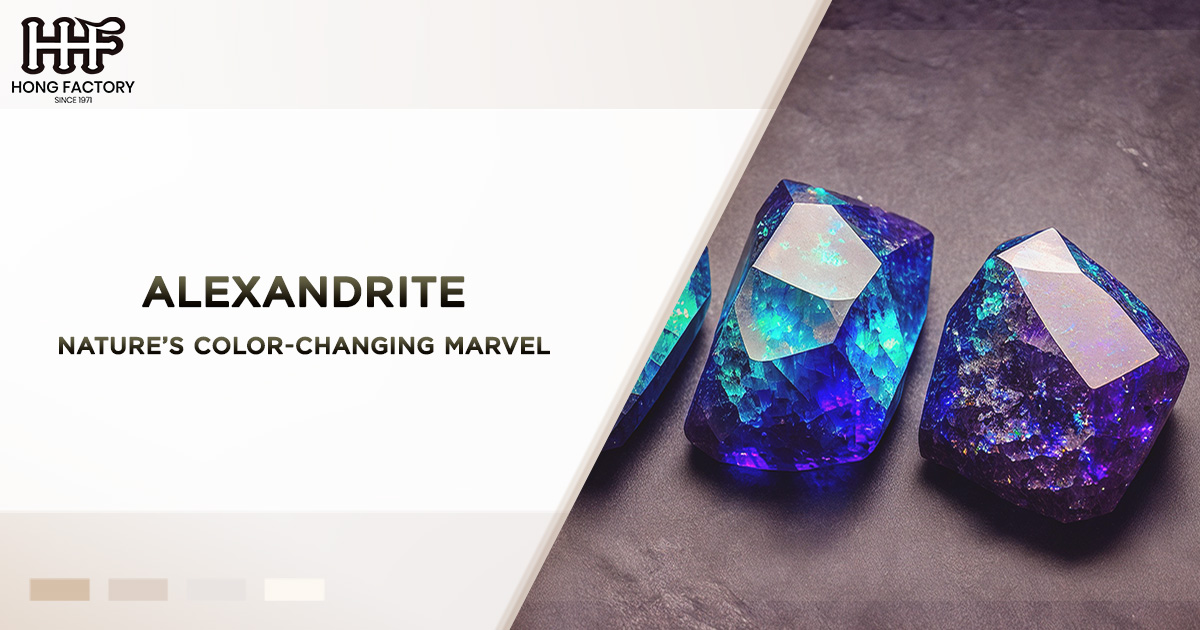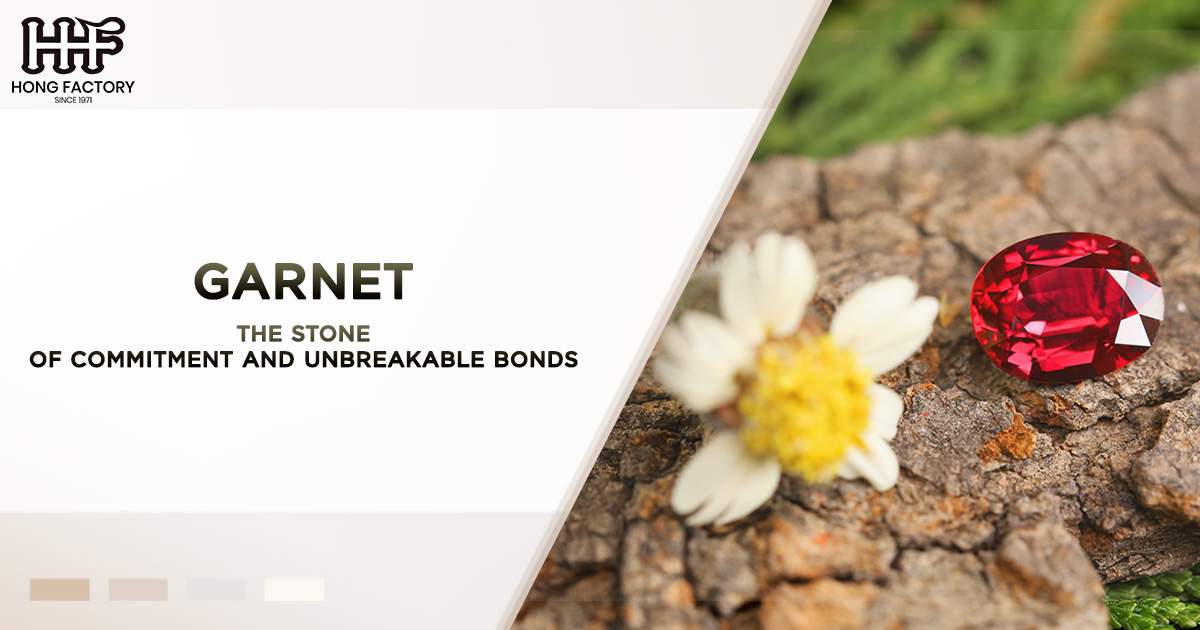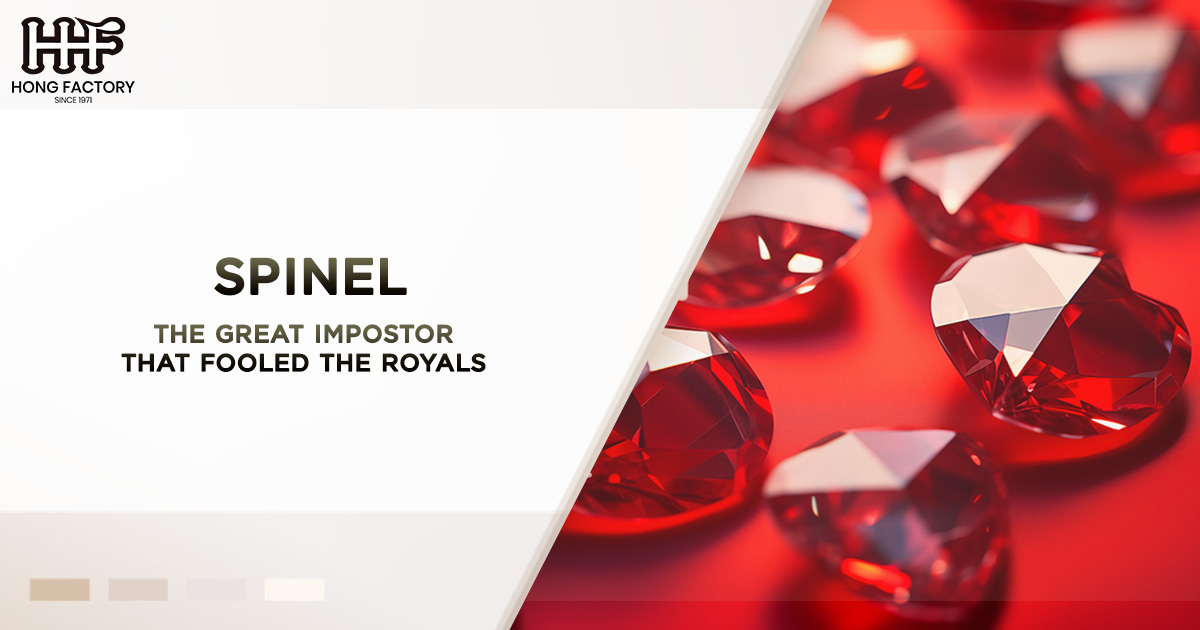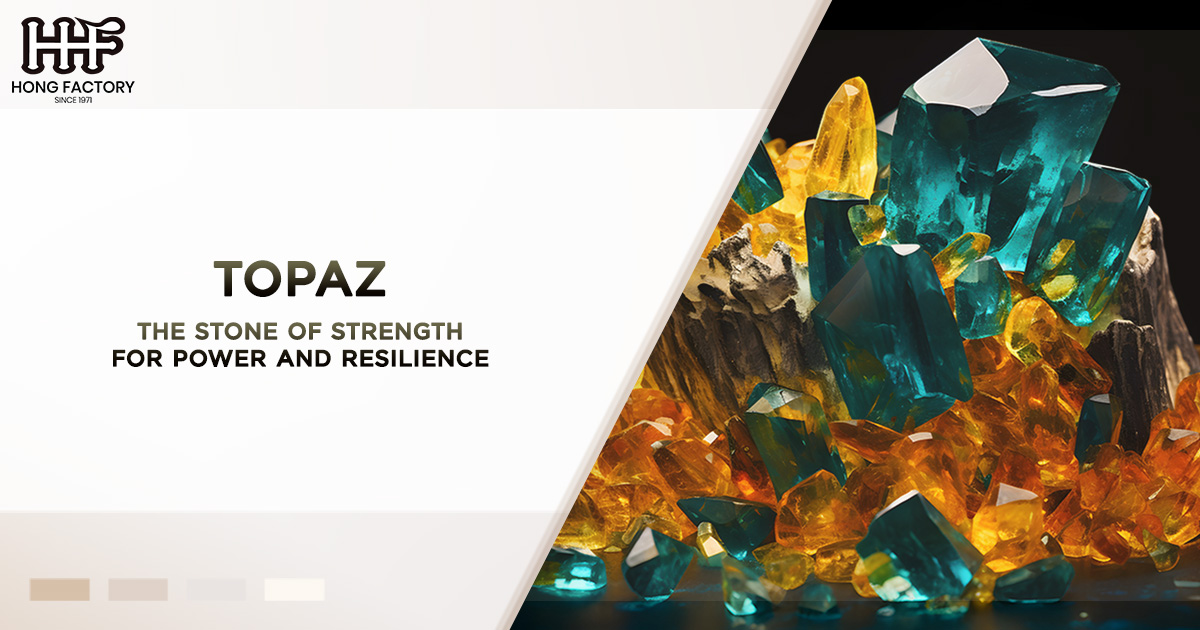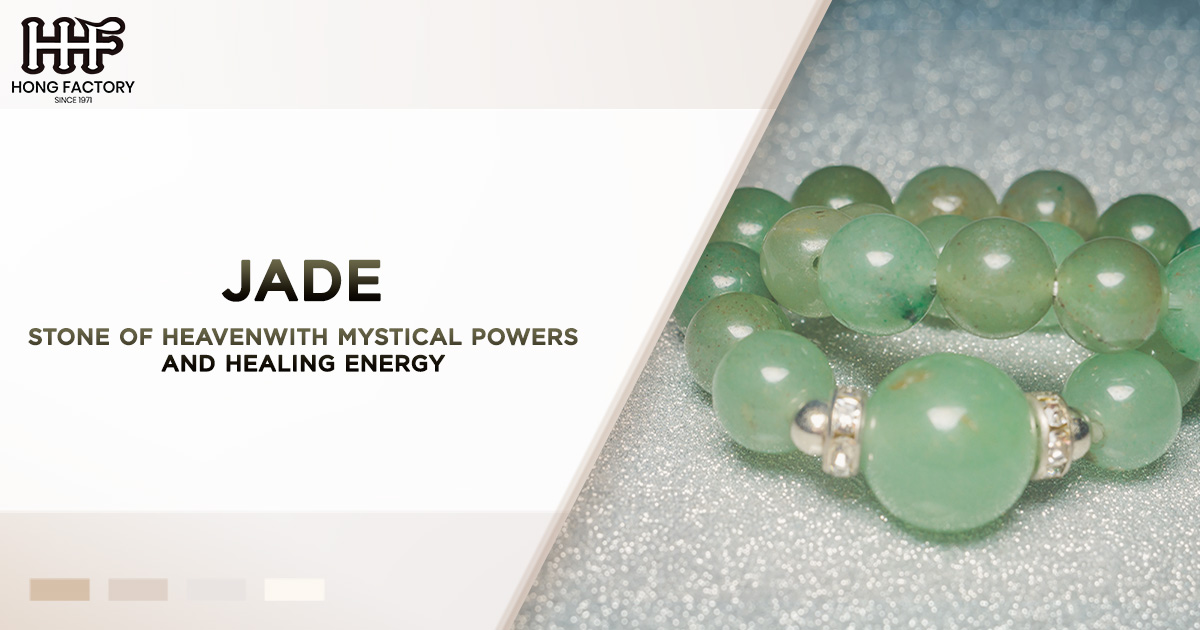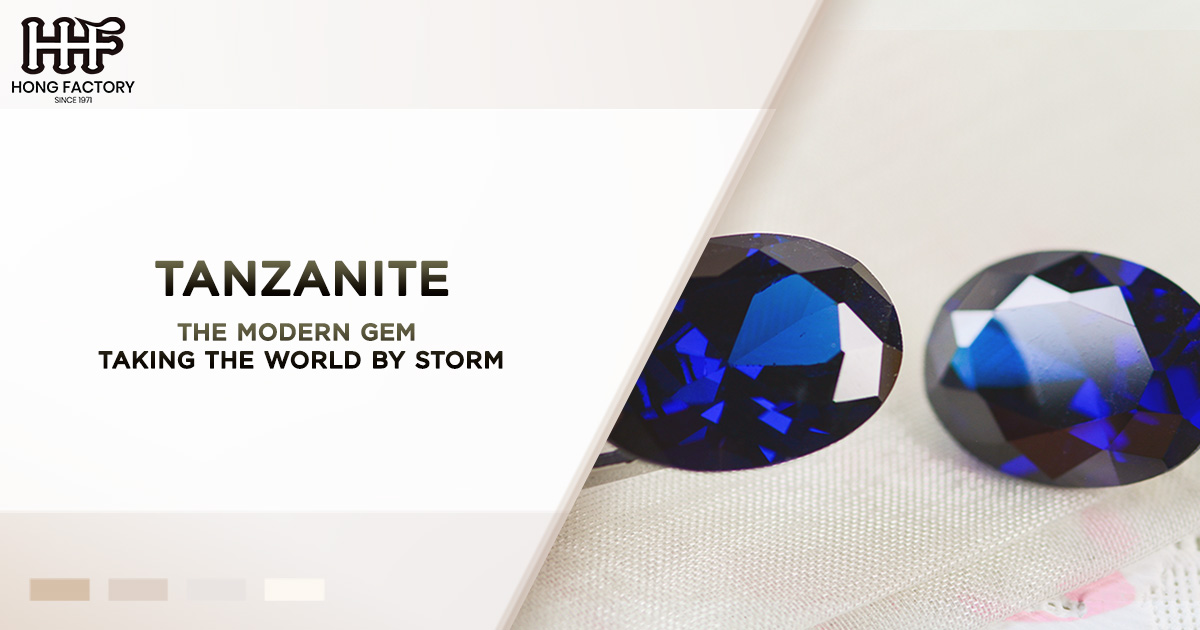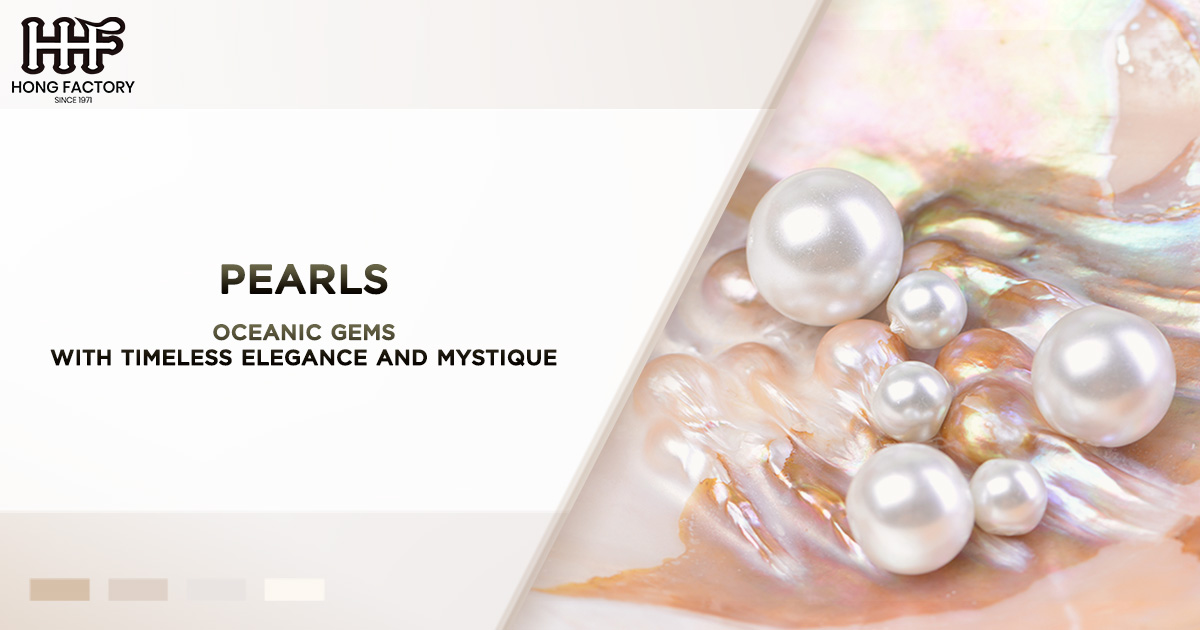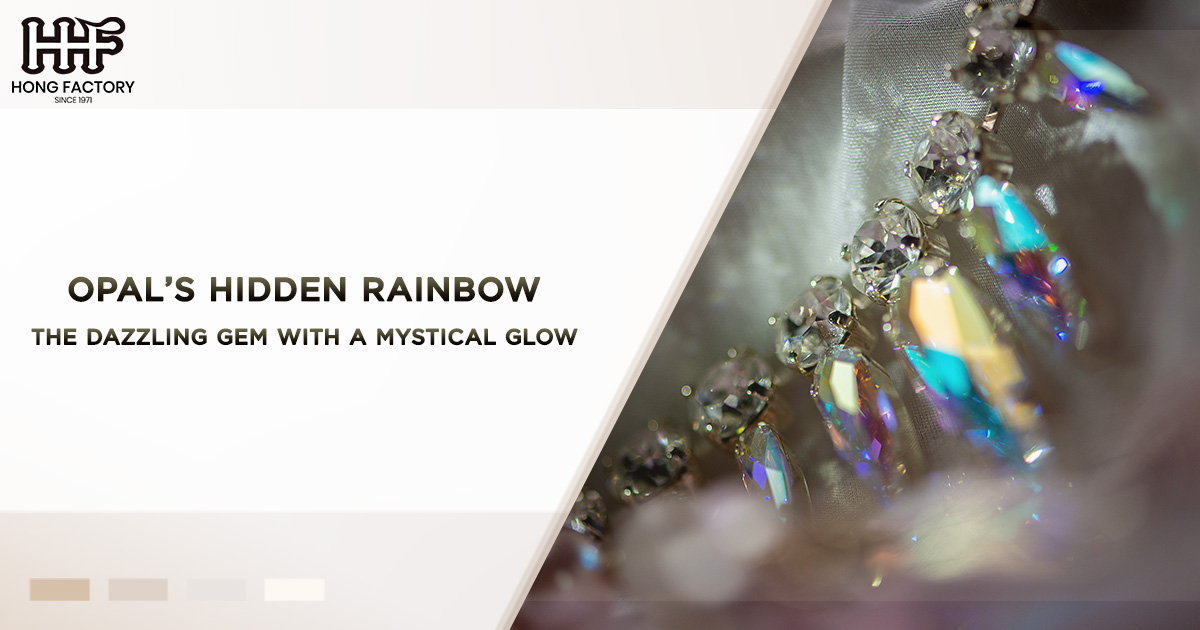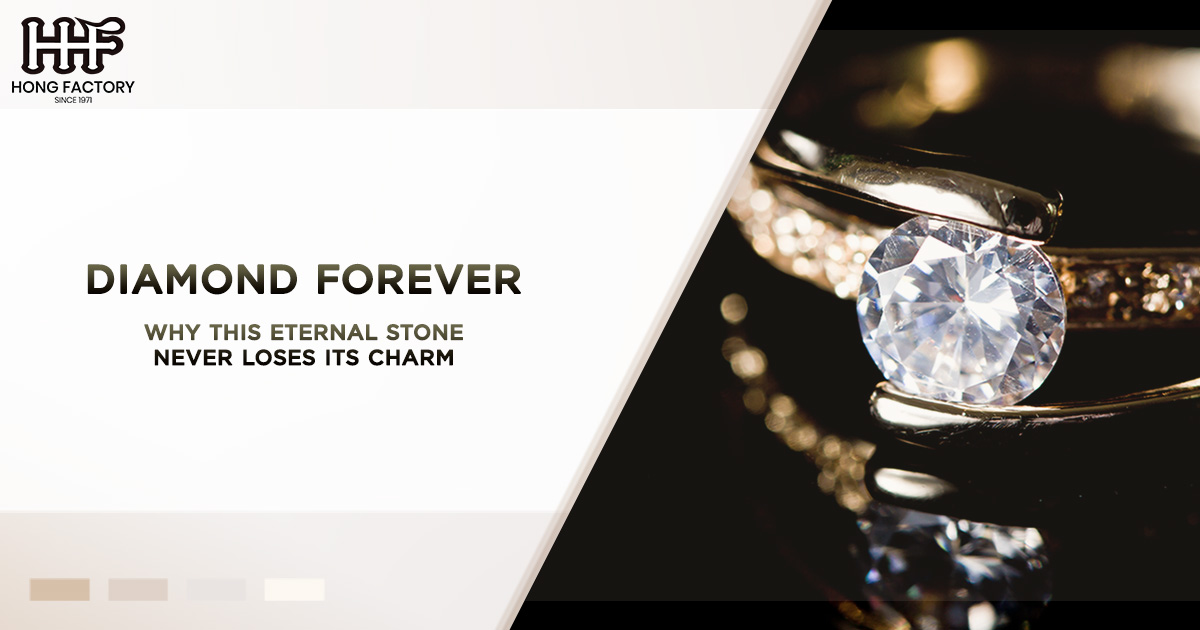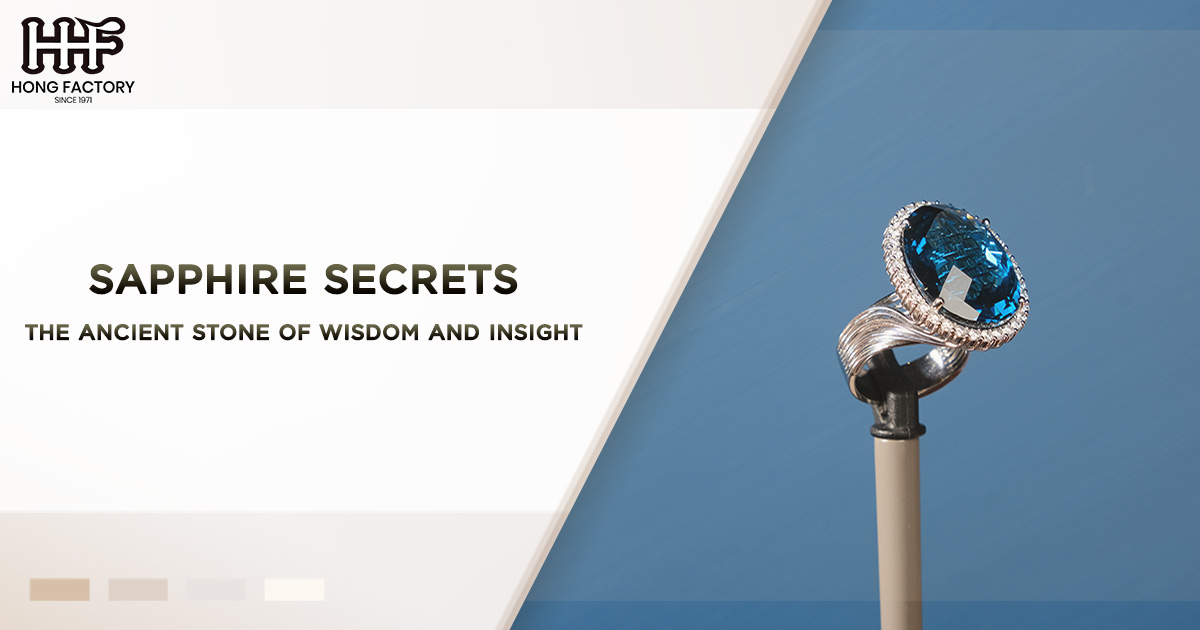Alexandrite is one of the most fascinating and rare gemstones in the world, prized for its extraordinary optical phenomenon and historical significance. Often referred to as “emerald by day, ruby by night,” this gemstone has captivated collectors, jewelers, and gemstone enthusiasts for centuries. Its ability to exhibit a stunning change in color makes alexandrite a true marvel of nature. In this article, we will explore the color change process, factors contributing to its rarity, its value aspects, and reliable testing methods for identifying authentic alexandrite.
The Color Change Process : An Optical Miracle
One of the defining features of alexandrite is its color change phenomenon, which occurs due to the gemstone’s unique interaction with light. Alexandrite appears green, bluish-green, or yellowish-green under daylight or fluorescent light, and shifts to shades of red, purplish-red, or raspberry under incandescent light. This dramatic transformation is not only mesmerizing but also scientifically intriguing.
The cause of the color change lies in the gemstone’s unique chemical composition and crystal structure. Alexandrite is a variety of chrysoberyl, composed primarily of beryllium, aluminum, and oxygen, with trace amounts of chromium. Chromium is the key element responsible for the color-changing effect. Under different light sources, chromium ions absorb and reflect specific wavelengths of light, resulting in the drastic color shifts observed in alexandrite.
Daylight contains more green and blue light, which accentuates the green hues of alexandrite. Incandescent light, on the other hand, has a higher concentration of red wavelengths, bringing out the gemstone’s red tones. The stronger and more distinct the color change, the more valuable the alexandrite is considered. This incredible transformation has made alexandrite a gemstone synonymous with enchantment and mystery.
Rarity Factors : Why Alexandrite is so Precious
Alexandrite is undeniably one of the rarest gems on Earth, and its scarcity is a major factor behind its high desirability and value. But what makes it so rare?
- Limited Deposits
The original deposits of alexandrite were discovered in the Ural Mountains of Russia in the 1830s. These deposits, which are now nearly exhausted, produced the finest quality alexandrite the world has ever seen. Since then, small quantities of alexandrite have been found in other locations, including Brazil, Sri Lanka, India, Madagascar, and Tanzania. However, most of these deposits produce less vibrant or less dramatic color-changing stones compared to the Russian material.
- Complex Formation
The geological conditions required to form alexandrite are extremely specific. The gemstone develops in an environment rich in beryllium and chromium—a combination that is exceptionally rare in nature. These two elements must interact under precise conditions to create alexandrite, making its natural formation highly uncommon.
- High Demand and Limited Supply
As one of the most sought-after gemstones among collectors and jewelers, alexandrite is constantly in high demand. However, the available supply is minuscule compared to this demand. This imbalance has elevated alexandrite’s stature as a rare and exclusive gemstone.
Value Aspects : What Determines Alexandrite’s Price?
The value of alexandrite is determined by several factors, including color change intensity, clarity, carat weight, and origin. Below, we take a closer look at these value aspects:
- Intensity of Color Change
The most significant determinant of an alexandrite’s value is its ability to exhibit a pronounced and noticeable color change. Stones with vivid green hues in daylight that shift to intense red or purplish-red under incandescent light are considered the finest quality and fetch the highest prices. Gemologists often describe the color change as “strong,” “moderate,” or “weak,” with strong color-changing stones commanding premium rates.
- Clarity
Although clarity is an important factor in the valuation of any gemstone, it is slightly less critical for alexandrite. Due to its rare nature, even stones with minor inclusions are highly prized. However, eye-clean alexandrite with no visible inclusions is exceedingly rare and, therefore, much more valuable.
- Carat Weight
Larger specimens of alexandrite are incredibly rare. Most fine-quality alexandrite gemstones weigh less than one carat. For stones larger than one carat, prices increase exponentially. When combined with a strong color change and excellent clarity, large alexandrite stones can sell for tens of thousands of dollars per carat.
- Origin
The origin of an alexandrite significantly influences its value. Russian alexandrite, especially from the Ural Mountains, holds a legendary status and is the most coveted. Brazilian and Sri Lankan material is also sought after but generally considered less valuable than Russian stones due to differences in color quality and saturation.
Testing Methods : How to Identify Authentic Alexandrite
Given its rarity and value, alexandrite is a frequent target for imitation and mislabeling in the gemstone market. To ensure authenticity, gemologists and buyers rely on several testing methods.
- Observation of Color Change
The most straightforward way to identify alexandrite is through its color change phenomenon. A genuine alexandrite must change from green in daylight to red under incandescent light. Stones that fail to show a significant color change are likely imposters or other varieties of chrysoberyl.
- Gemological Tools
Gemological tools such as a spectroscope or refractometer can be used to analyze alexandrite’s optical properties. Alexandrite has a refractive index of 1.746 to 1.755, and its spectrum often displays absorption lines due to the presence of chromium.
- Fluorescence Testing
Under ultraviolet light, genuine alexandrite sometimes exhibits weak red fluorescence due to chromium content. While this is not a definitive test, it can provide supporting evidence of authenticity.
- Professional Certification
For high-value alexandrite, professional certification from reputable gemological laboratories such as GIA (Gemological Institute of America) or AGL (American Gemological Laboratories) is essential. These labs provide detailed reports confirming the gemstone’s identity, color change strength, and origin.
Conclusion
Alexandrite is truly a marvel of nature, combining rarity, historical intrigue, and an incredible color change phenomenon that continues to capture imaginations around the world. Its unique optical properties, coupled with its limited supply and geological complexity, have made it one of the most valuable gemstones on the planet. Whether you’re a collector, a jeweler, or simply a gemstone enthusiast, understanding the rarity factors, value aspects, and testing methods of alexandrite is essential for appreciating this remarkable gemstone. With its breathtaking beauty and unparalleled mystique, alexandrite rightfully stands among the world’s most rare gems.

